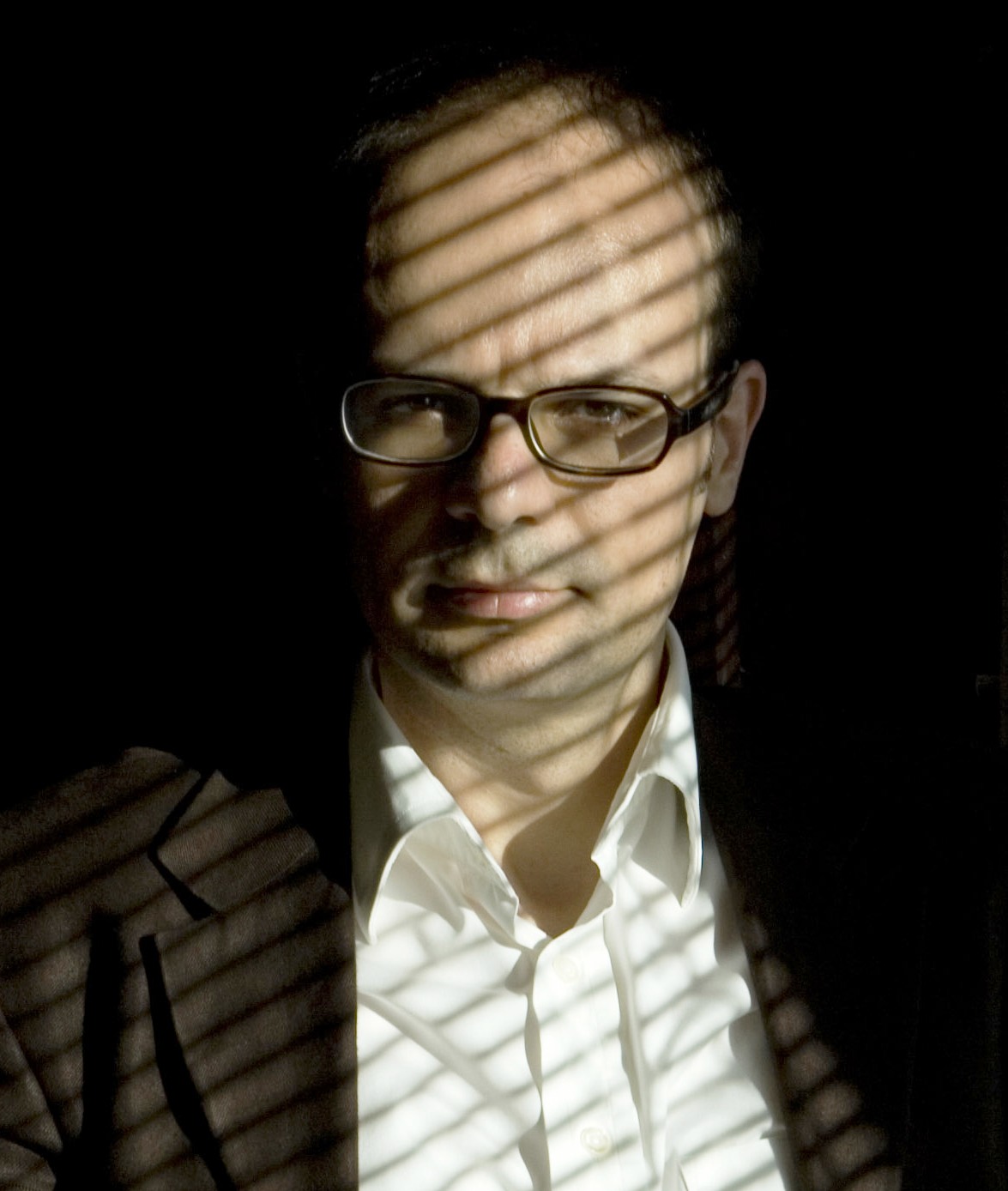
Marco Pasi
University of Amsterdam

Biography
Marco Pasi is an Associate Professor in the History of Hermetic philosophy and related currents at the University of Amsterdam (UvA). He has published extensively on the history of modern Western esotericism, especially in relation to magic, art, and politics, and is the author of Aleister Crowley and the Temptation of Politics (2014). He has been a Frances Yates Fellow at the Warburg Institute (London), a Research Fellow at the Netherlands Institute for Advanced Studies in the Humanities and Social Sciences and at the Max Weber Kolleg at the University of Erfurt, and an invited professor at the ETH in Zurich, at the University of Cagliari, and at the University of Turin.
He has been a member of the research network “Enchanted Modernities”, funded by the Leverhulme Trust, focusing on the influence of Theosophy and related movements on visual, musical, performing, and applied arts. He has also curated exhibitions on art and the occult at the Palais de Tokyo (Paris), the Monash University Museum of Art (Melbourne), and the Courtauld Gallery (London). He has been the co-chair of the Western Esotericism Group at the American Academy of Religion and is currently the General Secretary of the European Association for the Study of Religions and the chief editor of the Aries Book Series (Brill).
The art of esoteric transgression, the esoteric transgression of art
In recent years, the world of art has shown an increasing interest in the esoteric and the occult. There has been a significant number of large exhibitions in various countries devoted to these themes and more are forthcoming in the next years. This phenomenon concerns both a retrospective awareness of the influence of esotericism on art in the past (especially modern art), but also the production of new artworks in the context of contemporary art. This implies an important shift in the way in which art is understood and appreciated, both by professional critics and by the public at large. Until the mid-1980s, the prevailing historical narrative was based on formalist assumptions and posited a linear development in the history of modern art that tended to exclude irrational or mystical influences as being purely contingent or irrelevant. On the other hand, the world of contemporary art has been long perceived as a disenchanted, secular environment, where an interest in religious traditions is considered more as a peculiar oddity than as a fruitful, worthy line of artistic research. What we see today is a rather more complex picture, in which secular attitudes persist, but have to live together with the very visible presence of a fascination for the invisible. A fascination that is certainly not new, since it has been a significant factor in the art of the past as well. But what lies at the core of this fascination? How to explain this enduring, if sometimes troubled and controversial, relationship? As in all complex phenomena, there can be no monocausal explanation, and it seems evident that there are various possible elements that play a role in this story. However, I would argue that a very important element is the tendency towards “transgression”, which art and esotericism share with each other. Western esotericism has been described as “rejected knowledge”, and this concept can be interpreted as a dialectical process of marginalisation in the history of Western culture. Esotericism often transgresses mainstream norms and values and is perceived as a challenge – if not even as a threat – to the well-ordered functioning of a community. It is therefore no wonder that, in situations of tight social control, such as in authoritarian and totalitarian regimes, it has been consistently repressed and persecuted. On the other hand, modern and contemporary art are impregnated with the romantic myths of originality and the artistic genius, which lead to understanding the creative process as based on a constant transgression of existing canons and norms. This can certainly help us to understand the persistent flirting of art and esotericism. In my lecture I will substantiate and illustrate this interpretation of the role of transgression by referring to a number of exemplary cases taken from modern and contemporary art.